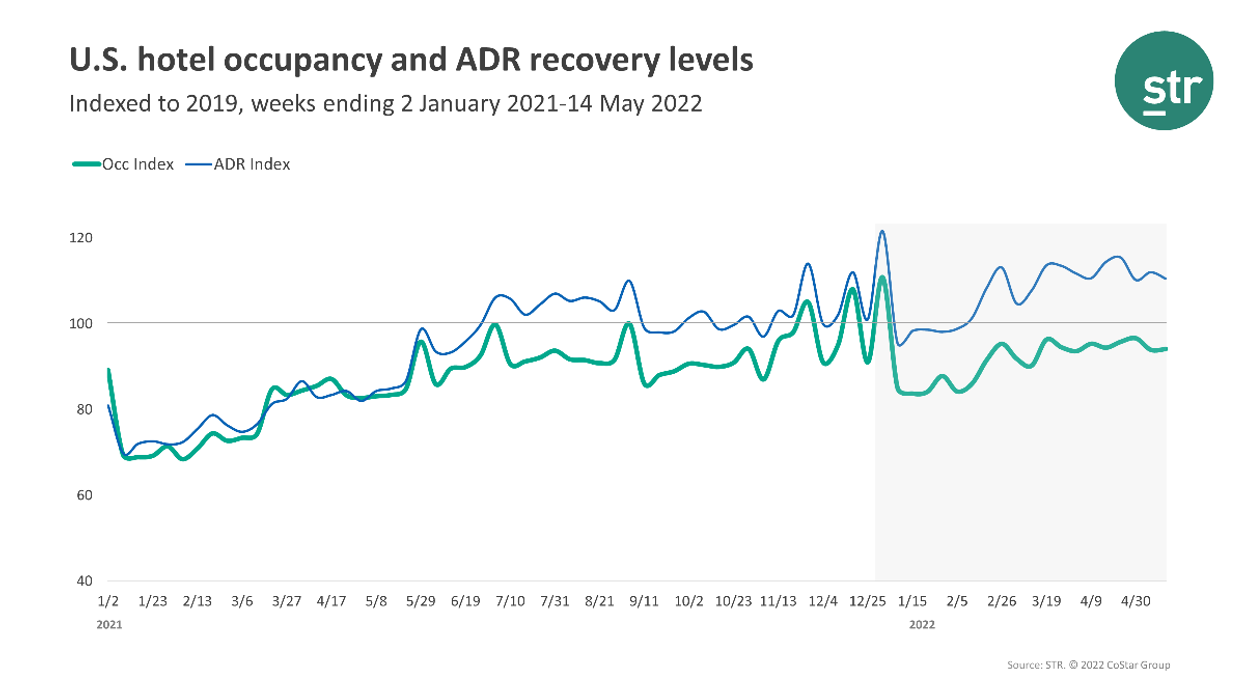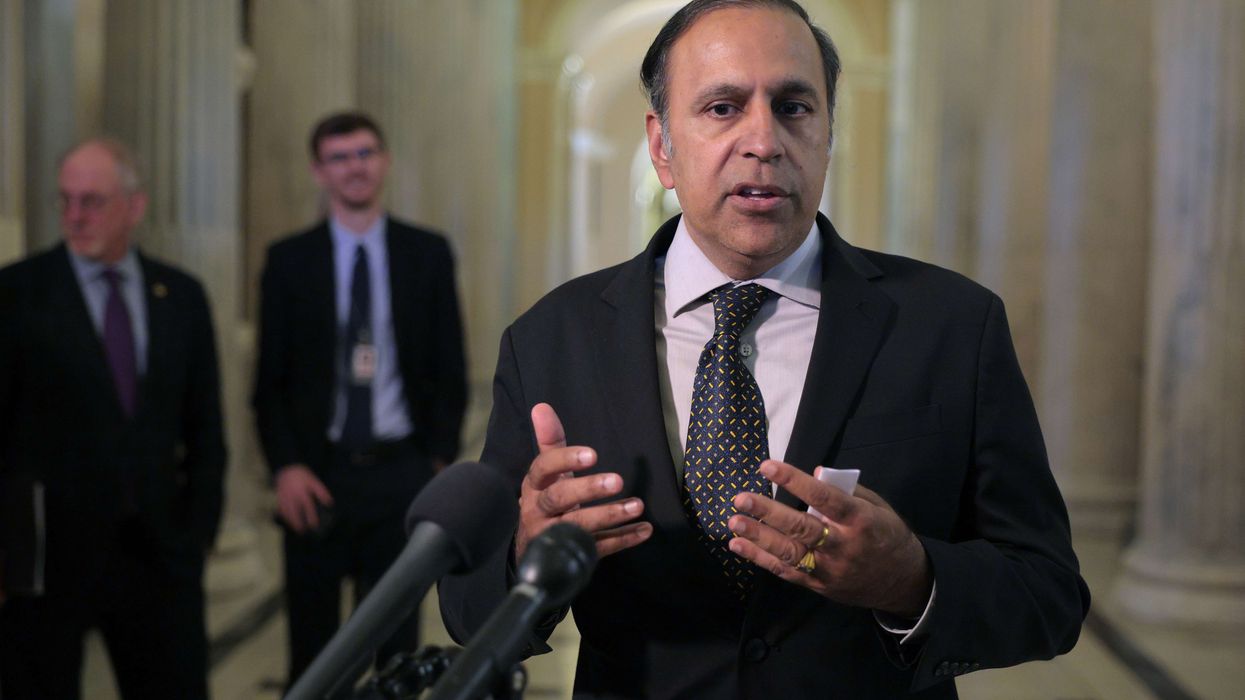U.S. HOTEL PERFORMANCE improved in the second week of May compared to the week before, according to STR. Occupancy, ADR and RevPAR all rose from the previous week and the latter two rose from 2019 levels.
Occupancy was 66.5 percent for the week ending May 14, up from 63.9 percent the week before and down 5.9 percent from 2019. ADR was $148.31 for the week, increased from $147.24 the week before and up 10.5 percent from three years ago. RevPAR reached $98.59 during the week, up from $94.10 the week before and rose 4.1 percent from 2019.
Among STR's top 25 markets, Phoenix saw the highest occupancy increase, up 4.5 percent to 73.8 percent, over 2019. Miami posted the highest ADR, increased 62.8 percent to $282.26, when compared to 2019.
Philadelphia experienced the largest occupancy decrease, dipped 19.6 percent to 64.8 percent, over 2019. San Francisco reported the steepest RevPAR deficit during the week, down 29.5 percent to $158.08, followed by Boston, decreased 26.1 percent to $158.25, from 2019.












